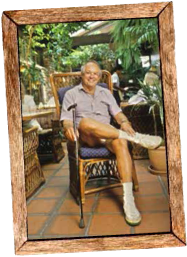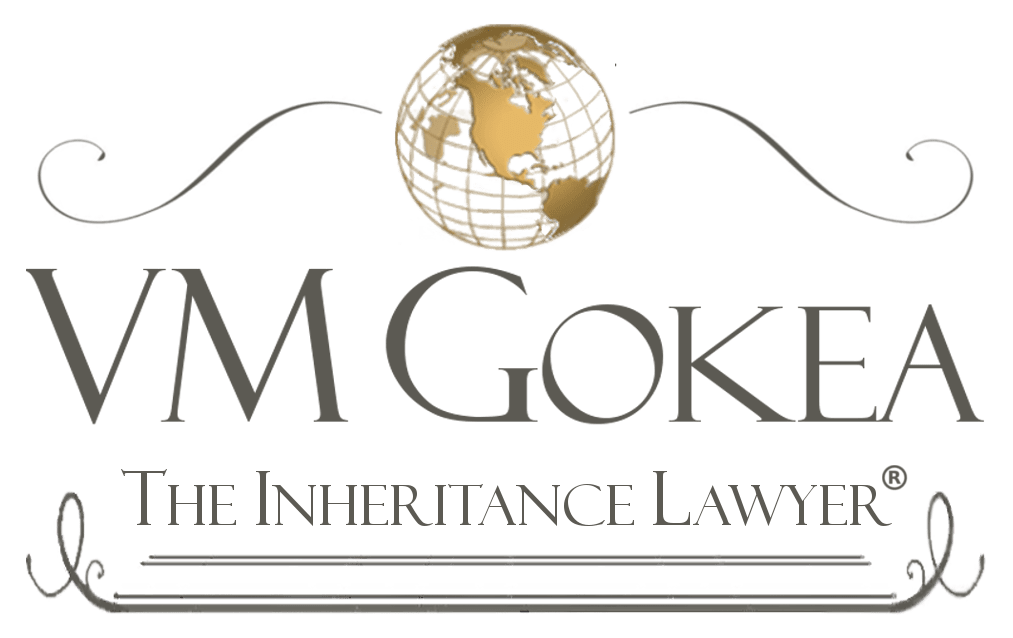Courts Disagree on Intent of Marie Callender Heir

Courts Disagree on Intent of Marie Callender Heir
Donald W. Callender was heir to the royalties from the Marie Callender restaurant chain. Donald passed away in 2009, leaving his wife, Catherine T. Callender (“Katy”), and his children, Cathleen Callender (“Cathe”) and Donald Lucky Callender (“Lucky”). Cathe is Donald’s daughter by his first marriage and Lucky is his son by his marriage to Katy.
Donald’s estate was valued at approximately $143 million, with the largest percentage of the value attributable to the royalties received on an ongoing basis from the restaurant chain. Donald had restated his living trust in 2003, dividing his trust into three equal shares for Katy, Cathe, and Lucky.
Donald named as successor trustees two CPAs with whom he had business dealings, Douglas K. Ammerman and Janet Feldmar. They took over administration of the trust upon Donald’s death in 2009. A dispute arose between the heirs regarding the division of ongoing royalties between the shares for Katy, Cathe, and Lucky. The argument arose because Katy’s share was not subject to estate tax due to the unlimited marital deduction. (Generally, there is no gift or estate tax on transfer of assets between spouses.) Katy and Lucky argue that the payment of estate taxes immediately lower Cathe’s and Lucky’s interests in the residuary estate to approximately 25% each and raise Katy’s to approximately 50%. This is called the “changing fraction” method of calculating the share of the estate and it would apply each time there was a non-pro rata distribution to one of the beneficiaries.
Cathe argues that after payment of her half share of the estate tax, she should receive 1/3 of each future royalty payment, which are anticipated to be substantial ($67 million in royalties were paid between 2009 and 2012). She argues that the trust is clear that this was Donald’s intent.
Katy argues the trust does not clearly express Donald’s intent. She states the changing fraction method is more equitable in that it compensates for fluctuations in the value of assets and that arguably state law would require this method unless the trust clearly expresses a different intent. Despite the initial decrease in his share of ongoing distributions, Lucky supports his mother’s argument – presumably because he will ultimately benefit when his mother, Katy, passes away.
The trial court ruled in favor of applying the changing fraction method, despite the bulk of the expert testimony arguing against its application. The trial court attempted to interpret the trust and could find no clear expression of intent. In reaching its decision, it relied upon the testimony of one of the expert witnesses and also looked for additional guidance from California Probate Code Sections 16340 and 16341, four cases from states other than California, three law review articles, and the Internal Revenue Code and regulations promulgated under it.
The appellate court reversed the trial court, concluding there is no basis for applying the changing fraction method to Donald’s trust. The court further held that the trust and the testimony of the drafting attorney clearly showed Donald’s intent that the ongoing royalties be split equally after the estate tax was paid.
In estates both large and small, it is imperative that the intentions of the creator of the trust be clearly stated. This is especially true with regard to who pays the estate tax and administration expenses for trust assets as well as assets held outside of the trust.
Our attorneys are careful to assure that the intent of our clients is clearly expressed in the estate plans we draft. As a member of the American Academy of Estate Planning Attorneys, our firm is kept up-to-date with information regarding new developments and planning strategies. You can get more information about a complimentary review of your clients’ existing estate plans and our planning and administration services by calling our office.
